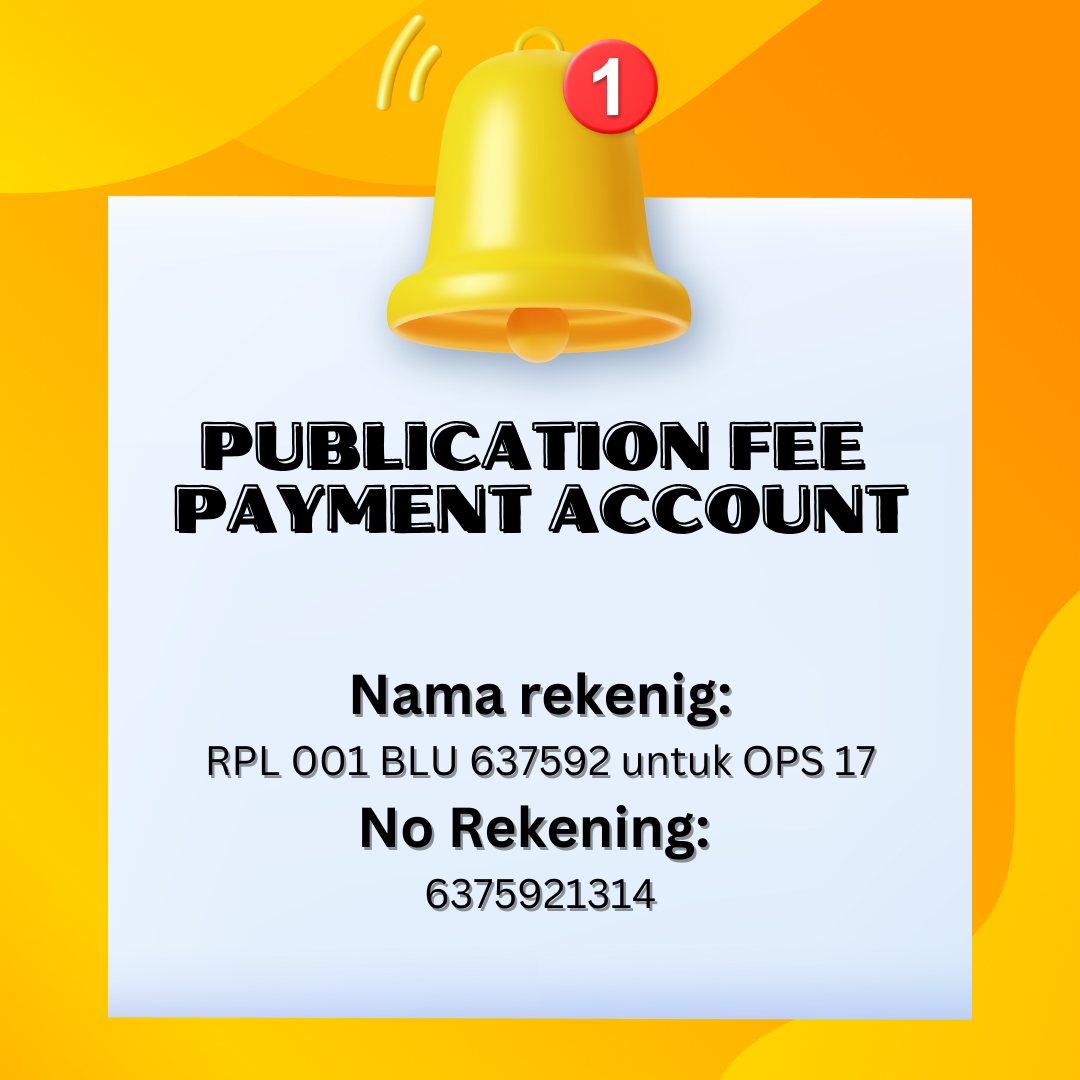Nursing Caring Behavior Based on Jean Watson's Theory is Related to Anxiety Levels in Pre-Operative Patients
DOI:
https://doi.org/10.58774/jourkep.v3i2.65Keywords:
Anxiety, Caring, Behavior of Nurse, Jean Watson's TheoryAbstract
Background: Anxiety is the main cause of individual helplessness and accounts for around 15% of global morbidity. More than 28% of people experience anxiety at the age of 18 to old age, where anxiety is usually also associated with psychological conditions and declining individual health so that they must be hospitalized. Caring behavior carried out by nurses makes patients tend to be more comfortable and more optimistic about their recovery.
Purpose: To find out the relationship between caring behavior of nurses based on Jean Watson's theory and the level of anxiety in pre-operative patients.
Methods: The type of quantitative research using correlational research design and Cross Sectional Study approach. The population used is pre-operative patients who are in the Regional General Hospital. The sampling method used is non-probability sampling with a sample of 44 respondents. Data collection was carried out through interviews and using the HARS questionnaire.
Results: The results of the Chi-Square Test show a p value of 0.004 < 0.05, which means that there is a significant relationship between the caring behavior of nurses based on Jean Watson's theory and the level of pre-operative patient anxiety at the Meuraxa Regional General Hospital, Banda Aceh.
Conclusion: There is a significant relationship between caring behavior of nurses based on Jean Watson's theory with the level of preoperative patient anxiety. The more frequently caring behavior is implemented by nurses, the patient's anxiety level will decrease.
Downloads
References
Aldino, C. (2019) "Aplikasi Pengukuran Tingkat Ansietas berdasarkan Skala Hars Berbasis Android", Jurnal Teknik Komputer AMIK BSI, 5(2), pp. 174–180. https://doi.org/10.31294/jtk.v4i2
Aloweidi, A., Abu-Halaweh, S., Almustafa, M., Marei, Z., Yaghi, S., Hababeh, L., Al-Gallab, N., Al-Jaberi, S., Ghattas, L., Alrabadi, S. R., Al-Oweidi, A. & Bsisu, I. (2022) "Preoperative Anxiety among Adult Patients Undergoing Elective Surgeries at a Tertiary Teaching Hospital: A Cross-Sectional Study during the Era of COVID-19 Vaccination", Healthcare (Switzerland), 10(3). https://doi.org/10.3390/healthcare10030515
Ananda, Y. & Asmawati, A. (2018) "Hubungan Perilaku Caring Perawat Terhadap Tingkat Ansietas Pasien Pre Operatif di Ruang Rawat Inap Bedah Pria Dan Wanita RSUP Dr. M. Djamil Padang", Jik- Jurnal Ilmu Kesehatan, 2(1), pp. 1–5. https://doi.org/10.33757/jik.v2i1.83
Bedaso, A. & Ayalew, M. (2019) "Preoperative anxiety among adult patients undergoing elective surgery: A prospective survey at a general hospital in Ethiopia. In Patient Safety in Surgery", 13(1), https://doi.org/10.1186/s13037-019-0198-0
Kemenkes RI. (2018) "Hasil Riset Kesehatan Dasar Tahun 2018", Kementrian Kesehatan RI, 53(9), pp. 1689–1699.
Kusmiran, E. (2018) "Pelatihan Soft Skills Caring Meningkatkan Kualitas Pelayanan Keperawatan dan Kepuasan Pasien di Rumah Sakit Kota Bandung", Jurnal Penelitian Dan Pengembangan Pelayanan Kesehatan, 1(2), pp. 72–81. https://doi.org/10.22435/jpppk.v1i2.440
Lariwu, C., Kumajas, S. S., & Didik, A. J. (2019) "Hubungan Caring Perawat dengan Tingkat Ansietas Pada Pasien Preoperasi di Ruang Maria RSU Pancaran Kasih manado", Journal of Community and Emergecy, 7, pp. 88–100.
Manurung, K.W. (2021) "Tingkat Ansietas dan Stres Pada Keluarga Pasien dengan Talasemia: Literature Review. JOM FKp, 8(1), pp. 9–18. https://doi.org/10.35681/1560-9189.2015.17.3.100328
Nursalam. (2020) "Metode Penelitian Ilmu Keperawatan : Pendekatan Praktis", Salemba Medika: Jakarta
Paputungan, A. & Bataha, Y. B. (2018) "Hubungan caring perawat dengan tingkat ansietas gmim Pancaran Kasih Manado. E-Journal Keperawatan", 6(2), pp. 1–7.
Rahayuningsih, S. & Fatimah, S. (2019) "Hubungan Perilaku Caring Perawat Terhadap Tingkat Ansietas Pasien Preoperasi di Ruang Merak RSAU Dr. Esnawan Antariksa", Afiat, 5(02). https://doi.org/10.34005/afiat.v5i02.1324
Safriyani, R., Putrono & Widiyanto, B. (2016) "Pengaruh Slow Deep Breathing Relaxation Dan Finger Hold Terhadap Tingkat Ansietas Pada Pasien Pre Operasi Bedah Mayor Dengan General Anestesi di RSUD Telogorejo", Karya Ilmiah, 20.
Tamba, H. G. (2019) "Komunikasi Perawat Berhubungan Dengan Tingkat Ansietas Keluarga Pasien Yang Dirawat di Ruang Rawat Inap", Jurnal Penelitian Perawat Profesional, 1(1), pp. 61–70. http://jurnal.globalhealthsciencegroup.com/index.php/JPPP/article/download/83/65
Utomo, H. (2019) "Distribusi tingkat ansietas pada pasien preoperasi bedah elektif di rsup haji adam malik medan skripsi", Repository Universitas Sumatera Utara.
Vellyana, D., Lestari, A. & Rahmawati, A. (2017) "Faktor-Faktor yang Berhubungan dengan Tingkat Ansietas pada Pasien Pre Operative. Jurnal Kesehatan", 8(1), pp. 108–113.
Wahyuningsih, A., Saputro, H. & Kurniawan, P. (2021) "Analisis Faktor Ansietas Terhadap Tingkat Ansietas Pasien Pre Operasi Hernia", Jurnal Keperawatan Jiwa, 9(3).
Wijayanti, A. E. & Liatika, T. (2019) "Caring perawat dan tingkat ansietas pada pasien preoperasi: studi korelasi", Health Sciences and Pharmacy Journal, 3(3), pp. 84–90. https://doi.org/10.32504/hspj.v3i3.146
Downloads
Published
How to Cite
Issue
Section
License
Copyright (c) 2024 Nurhayati Nurhayati, Wina Alfara, Ritawati, Putro Simeulu, Taufik

This work is licensed under a Creative Commons Attribution-ShareAlike 4.0 International License.







